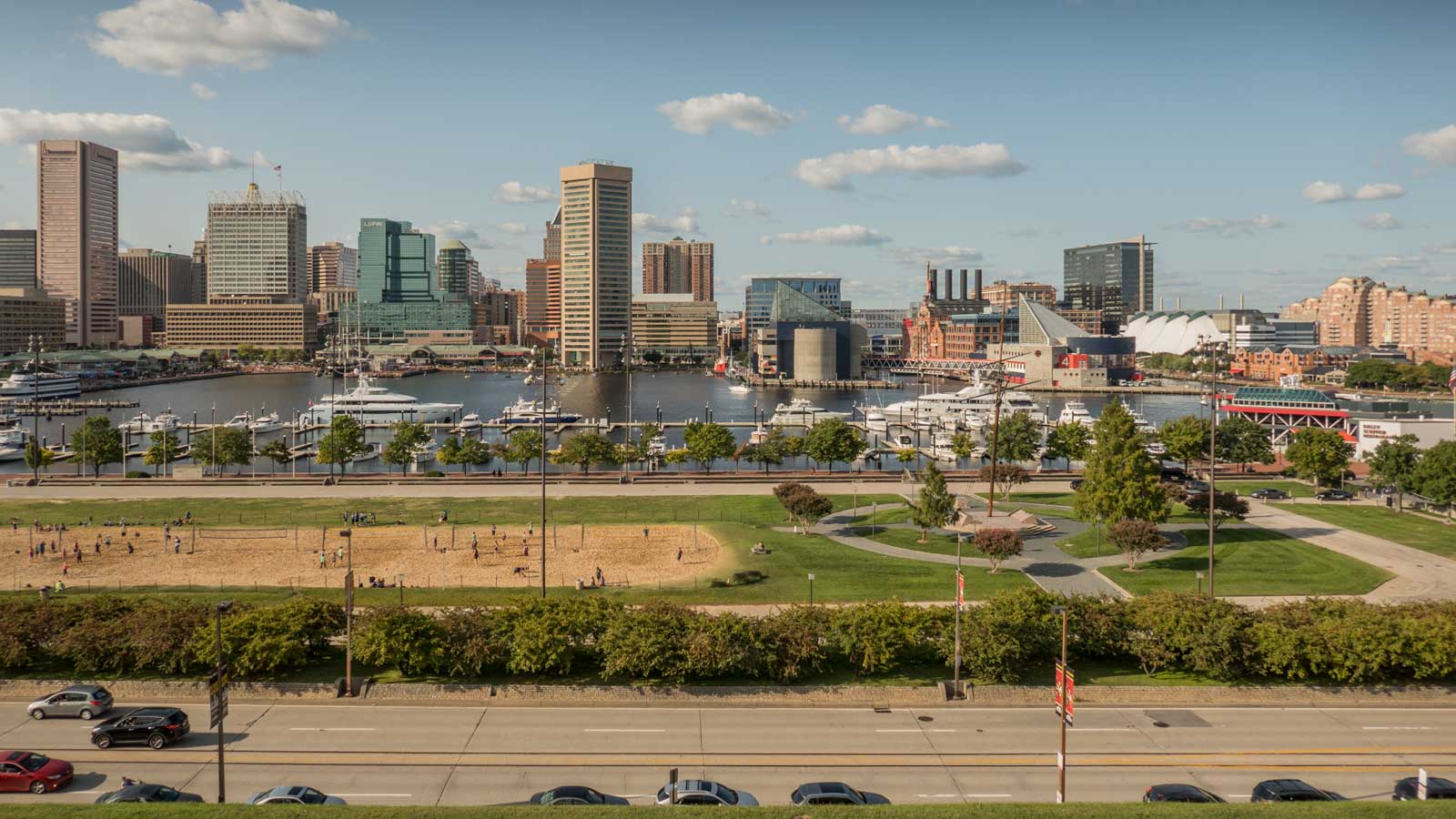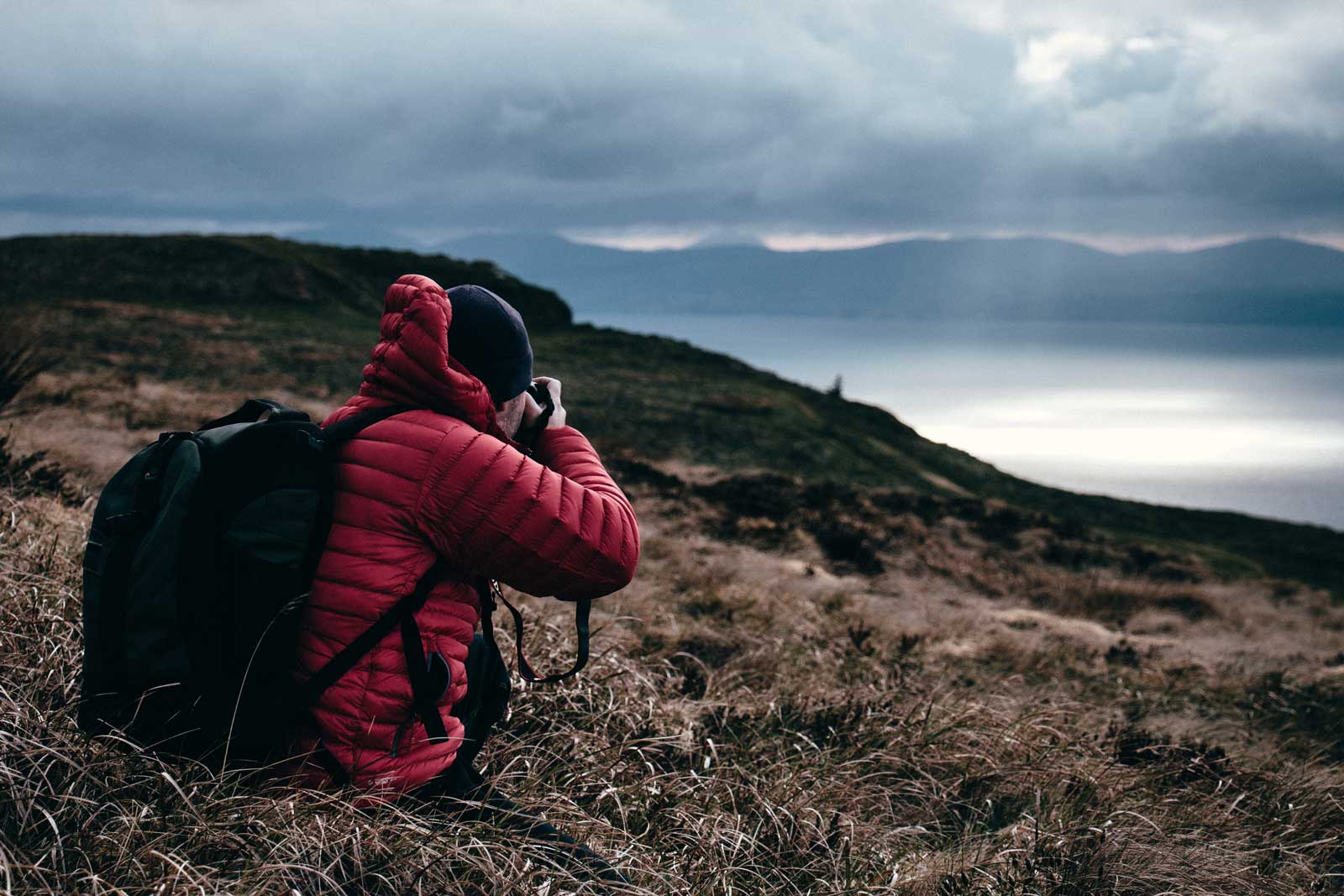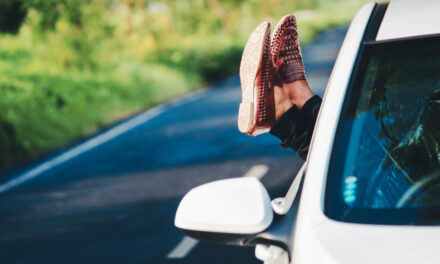4 Travel Photography Tips for Beginners
Now that the world is opening up again, people are itching to travel and make new memories. While photography can be daunting, especially because of the skill and time needed to take proper pictures, learning how to take good photos can help you look back on your experiences fondly. As such, whether you’re planning to venture seriously into travel photography or simply looking to improve your existing skills, here are some tips that might help you.
Researching your location
Photography is about telling stories through your lenses. With travel photography, it’s important for you to truly live the experience as the traveler behind the lens. This is why before shooting your adventures, you need to research and understand the places you’re going to.
Learn the best ways to experience the location—such as seeing the most popular tourist attractions or sampling the local favorites. You can watch YouTube vlogs or survey Instagram, which has a feature that lets you see posts from the area to find scenic sites. Beyond the aesthetics, acquaint yourself with the cultures and customs of the people there. Be spontaneous and welcoming, and create good memories to go with your photos.
Choosing your gear
If you’re looking to hone your photography skills, you’ll need to choose gear that best accommodates your goals. When it comes to travel photography, mirrorless cameras are widely recommended rather than relatively limited smartphones. Of course, you can opt for a DSLR, but with comparable image quality and compatibility with various lenses, mirrorless cameras that are typically smaller and lighter can prove to be more convenient. Mirrorless cameras also have the benefit of electronic viewfinders and excellent low-light performance. The Nikon Z6, Canon EOS M50, and the Fujifilm X-T30 are popular for beginners looking for affordable, good-quality cameras.
You should also bring accessories and tools to maximize convenience and security. A compact, lightweight tripod can assist with your shots, while extra SD cards, hard drives, or even computers can help you with storage and editing.
Mastering photography techniques
There are numerous ways to improve your photography. Having good gear is only the start of your photography journey. Most of your learning experience will come from mastering the necessary techniques. You’ll need to know the fundamentals of photography like exposure, shutter speed, aperture, and ISO. Explore by studying basics like the Rule of Thirds and other composition elements like distance, balance, and space.
You should also acquaint yourself with lighting by using popular techniques such as catching the golden hour or blue hour, and knowing when it is or isn’t appropriate to use your flash.
Post-processing
If you’ve taken photos before and were frustrated because they look nothing like what you saw in real life, you’re not alone. Almost none of the photos you see in magazines or on social media are raw. Chances are, the photographer has touched them up to elevate their look.
Post-processing allows you to present your photos in the way you want the audience to see them. Popular photo editing software like Adobe Lightroom or Affinity Photo offers countless features, including color adjustment, noise reduction, and object removal. These can enhance your photo and compensate for any shortcomings in the raw version. Simply put, post-processing does justice to the effort you’ve put into taking your photos. So make sure to maximize it!
Mastering travel photography can be a lengthy process, but there are many avenues for you to learn more about it. So do your research, practice, and make the most of your travel memories!
Want to keep the conversation going? Let’s connect via our social links below.









Nice Work!
Thanks for reading. I miss the UK!
good blog